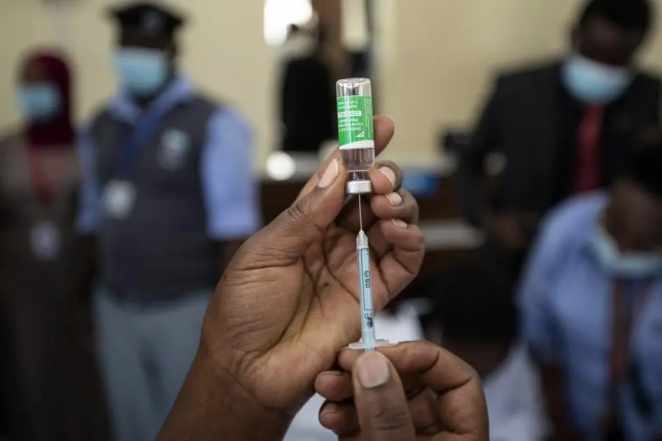Malaria deaths in Kenya have risen by 19 percent over the last decade, according to newly released data, despite continued investments in prevention and treatment.
The Global Fund’s 2025 results report shows that malaria-related fatalities in the country increased from 10,000 in 2010 to 11,000 in 2023, placing Kenya among the few African nations experiencing worsening malaria mortality.
Experts warn that this upward trend threatens Kenya’s ability to meet the global target of reducing malaria deaths by 90 percent by 2030. The report points to persistent regional disparities, with the lake region particularly affected.
Other challenges include limited effectiveness of prevention programmes, increasing resistance to insecticides and drugs, and the impact of climate change, which has extended mosquito breeding seasons and shifted transmission zones.
“For malaria, 2024 saw a mix of challenges and opportunities. Rising conflict, disruptions from extreme weather events, and increasing drug and insecticide resistance have complicated efforts to combat malaria,” the Global Fund said.
“While the goal of ending the disease by 2030 looks daunting, and the immediate priority is to restart stalled progress, partners engaged in the fight against malaria have a shared commitment to regaining momentum.”
Despite the rise in deaths, Kenya has recorded only modest improvements in malaria cases.
Incidence fell from 67 cases per 1,000 people at risk in 2010 to 60 in 2023, a decline of just 11 percent.
This progress lags behind other African nations such as Ghana, which achieved a 47 percent reduction, and Malawi, which reduced cases by 40 percent.
The report underscores that while Kenya has made efforts to combat malaria, much remains to be done to tackle regional gaps, strengthen preventive measures, and address emerging threats that have slowed the fight against the disease.

